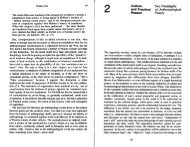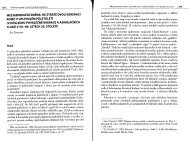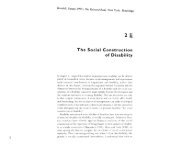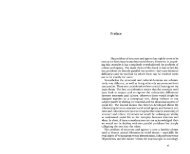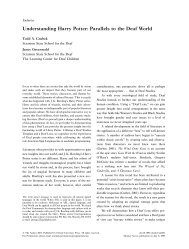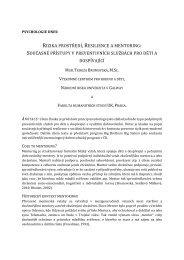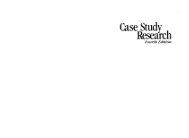Morphogenesis versus Structuration: On Combining ... - Moodle
Morphogenesis versus Structuration: On Combining ... - Moodle
Morphogenesis versus Structuration: On Combining ... - Moodle
You also want an ePaper? Increase the reach of your titles
YUMPU automatically turns print PDFs into web optimized ePapers that Google loves.
Morphogeness <strong>versus</strong> structuration 461<br />
This oscillation between contradictory images derives from Giddens<br />
not answering 'when' questions-when can actors be transformative<br />
(which involves specification of degrees of freedom) and when are<br />
they trapped into replication (which involves specification of the<br />
stringency of constraints) These answers in turn require analysis<br />
of the potential for change, which is rooted in systemic stability/<br />
instability, and the conditions under which actors do/do not capitalize<br />
on it. Although Giddens admits that structures are both facilitating<br />
and constraining, indeed it is one of the major theoretical tasks to<br />
discover what aspects of social organization govern the interconnection<br />
between the two,22 this is precisely, with one exception, what he<br />
does not do. His theory consistently avoids concrete propositions of<br />
this type.<br />
Stringency of Constraints The reason for this omission is his principled<br />
but misguided distaste for the constraint concept (contaminated by<br />
functionism):23 the exception, his analysis of contradiction, is of<br />
course on the contrary an example of systemic facilitation. Specification<br />
of the stringency of constraints is sedulously avoided at all<br />
three levels of analysis-structural properties, social institutions and<br />
social systems. Structural Properties are integral to social constitution<br />
and reconstitution, but when do they throw their weight behind the<br />
one or the other Generally in sociology this has been tackled through<br />
an appreciation that some properties are more resilient or engender<br />
more resistance to change than others, at any given time. This<br />
specification of the strength of constraints is both impossible in<br />
Giddens's conceptualization and unacceptable to him. First his<br />
properties (defined reductively as rules and resources) are outside<br />
time and space, having a 'virtual existence' only when instantiated by<br />
actors. Second, since what is instantiated depends on the power of<br />
agency and not the nature of the property, then properties themselves<br />
are not differentially mutable. Excessive voluntarism enters through<br />
these two doors which are conceptually propped open.<br />
However, why should one accept this peculiar ontological status for<br />
structural properties in the first place Where resources are concerned<br />
he argues that what exists in a spatio-temporal sense is only a 'material<br />
existent' which, to become operative as a resource has to be instantiated<br />
through power relations in conjunction with codes and norms.24<br />
This is an argument of necessary accompaniment and it is not a very<br />
convincing one, for the so-called 'material existents' often constrain<br />
in their own right. Examples include various kinds of scarcity which<br />
can arise without power or normative regulation and involve nothing<br />
other than physiological signification, like famine, over-population,<br />
shortage of skills or land. In what possible sense do these require<br />
instantiation They are there and the problem is how to get rid of<br />
them or deal with them.



